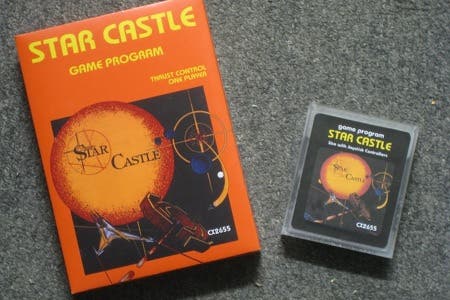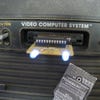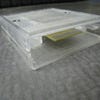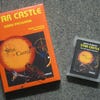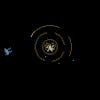Man makes Star Castle for Atari 2600 30 years after Atari said it couldn't be done
Taking orders and funding manufacture on Kickstarter.
Update: D. Scott Williamson has let Eurogamer know that there is a PAL version in the works - hurrah!
Original story: 30 years after Atari said it couldn't be done, one determined man has successfully ported vector coin-op game Star Castle to Atari 2600.
He is D. Scott Williamson, and it's taken him nearly three years.
Not only has he managed to fit Star Castle within 8K of ROM - a feat Atari baulked at, deciding to make Yar's Revenge instead - he's also custom designed and built a translucent acrylic Atari cartridge that lights up while being played! And he's made a snazzy box for it.
To fund and manufacture all of this, Williamson asked for $10,000 on Kickstarter. Nine days later, he's amassed over $15,000, and can spend the remaining 21 days taking orders.
"This may be the only chance you have to get Star Castle 2600," he warned, "after this Kickstarter campaign there are no plans to produce or make available any additional cartridges, CDs or materials."
Note, Star Castle 2600 will only work on NTSC Atari 2600 machines.
"I don't consider this a game development project, rather an alternative history art piece, a demonstration that it could indeed be done."
D. Scott williamson
You have to pledge $50 or more to get the physical cartridge. Lower donations receive emulation-compatible ROM versions of the game (that work on all operating systems, from what we can see).
There's a Star Castle CD included for pledging $20 or more that contains the manual, full source code, artwork, 'Making Of' videos, pictures and links to "a ton of information" about the game.
"So," Williamson concluded, "you may be wondering why anyone would bother to make a version of a 30-year-old vector arcade game on an arcane 33-year-old platform?
"I was inspired by one of the greatest and most influential game programmers of all time to make something that he [Howard Scott Warshaw] said was impossible. I don't consider this a game development project, rather an alternative history art piece, a demonstration that it could indeed be done."
